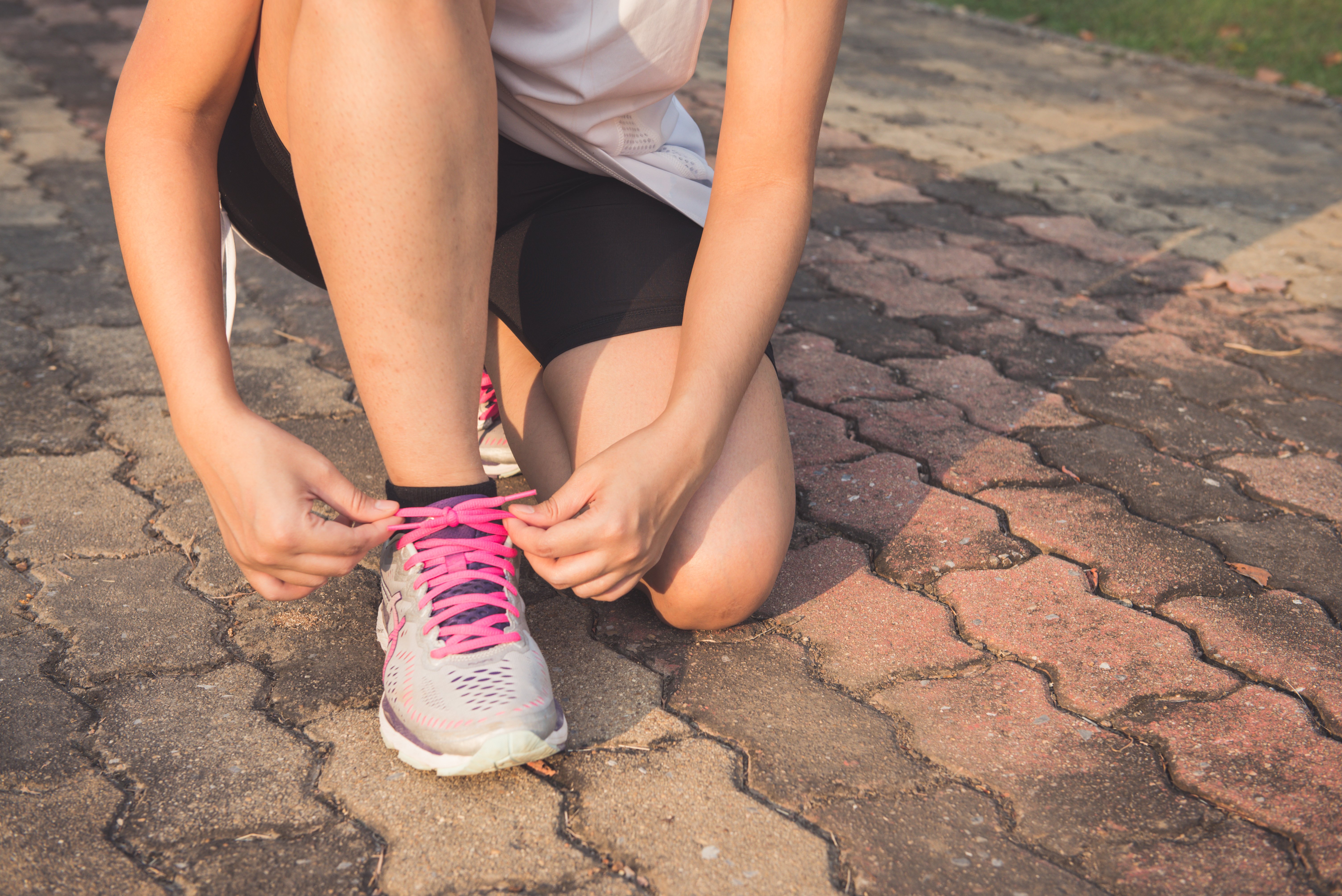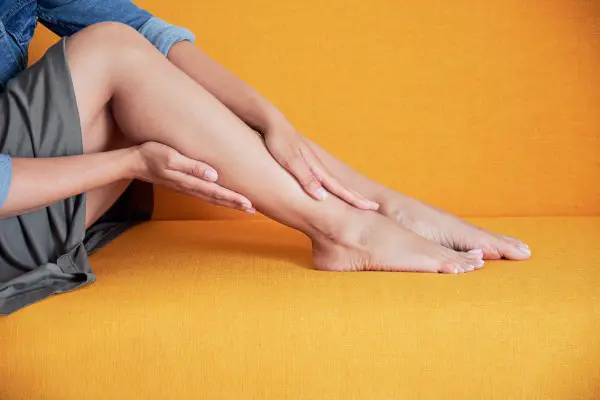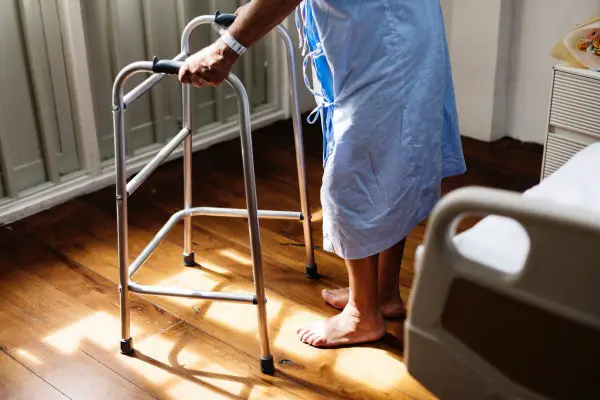Endovenous Laser Treatment (EVLT) is a minimally invasive, alternative method to treat varicose veins; enlarged, twisted vessels that bulge underneath the skin. Performed as an ambulatory procedure with local anesthesia or mild sedation, patients can return to their routine within under an hour after receiving treatment. Ablation damages the endothelial lining, (the inside lining of blood vessels), of veins by using an irritant. Common sclerosing substances include heat, chemicals, hypertonic saline, or detergents. EVLT delivers thermal energy directly to the wall of an incompetent vein, scarring the tissue wall and forcing vessel closure. Collateral pathways redirect blood flow into the deep venous system without difficulty post-procedure.
class="wp-block-heading">EVLT Side Effects and Complications
Rare side effects and complications for EVLT exist-some specific to ablation and others a shared risk with any medical treatment.
Superficial Phlebitis & Deep Venous Thrombosis:
<
em>Superficial Phlebitis, or vein inflammation, can occur after ablation and patients typically report redness, warmth, and pain over the treated area. If you experience these sensations after receiving EVLT, call your physician immediately! Sometimes what looks like Phlebitis is a sign that something more serious such as Deep Venous Thrombosis (DVT) is going on. DVT occurs when Phlebitis has progressed, forming a blood clot, (thrombophlebitis), within your deep vein system.Wearing your compression stockings and keeping with your walking regimen help prevent blood clot formation and reduce swelling. Your Phlebologist will more than likely ask you to bring your fitted compression stockings with you to use as bandages post-procedure. Often Ibuprofen and simple at-home remedies, such as leg elevation and ice, help alleviate the temporary discomfort associated with Phlebitis.
Neurological Thermal Injury:
S
ome patients experience lasting neurological injury after receiving EVLT. Paresthesia and dysesthesia are two such neurological sensations patients most commonly report. Paresthesia is the tingling or prickling sensation similar to that of your arm or leg has fallen asleep after lying in a sedentary position for too long. People with diabetes often experience, dysesthesia, an abnormal sense of touch, or an unpleasant feeling. Trauma to sensory nerves can happen upon catheter introduction, delivery of anesthesia, or just from the heat, though nerve damage is more commonly associated with Phlebectomy or vein surgery, than with minimally invasive procedures like EVLT. Research indicates that tumescent anesthesia reduces neurological thermal injuries by acting as a protective agent and cooling surrounding areas.Skin Burn:
EVLT generates high energy and can cause skin burns, though Vein Specialists employ device techniques and use anesthesia to decrease the likelihood this happens. Specifically, reduction in accumulated energy and introduction of tumescent anesthesia assist in reducing thermal injuries to the skin. Simple measures such as changing the laser mode from continuous to intermittent emission limits skin exposure time to direct heat. Tumescent anesthesia provides pain relief and cooling protection from the device to maximize efficient vein wall contact and adjacent insulating structures.
class="wp-block-heading">EVLT Has High Success Rates
Alternative treatments such as Endovenous Laser Treatment and Radiofrequency Ablation have high success rates with few complications reported, a significant benefit of these therapies. Remember: wearing compression stockings and moving around after ablation helps prevent blood clots from forming! And always keep your physician in the loop! If you have any questions or concerns, never hesitate to call!
If symptoms such as; aching, throbbing, swelling, or night cramps are affecting your day-to-day activities, search for a vein doctor to improve your vein health and appropriate treatment options! Included with your Vein Score is a list of trained Phlebologists tailored to your vein needs!
Medically reviewed by Dr. Susanne Woloson on 5-01-2020.
*
Disclaimer: “We are a participant in the Amazon Services LLC Associates Program, an affiliate advertising program designed to provide a means for us to earn fees by linking to Amazon.com and affiliated sites.”Read This Next
Varithena is a minimally invasive procedure designed to treat varicose veins by using prescription medicine injected in the form of a microfoam to close off a non-functioning...
Read MoreInvasive varicose veins surgery is often considered a last resort for treating severely damaged veins; fortunately there are many types of varicose veins surgery, ranging...
Read MoreUltrasound guided sclerotherapy, or UGS, is a specialized procedure designed to treat and eliminate branch varicose veins located at or just below, the surface of the skin. ...
Read MoreDebbie Middleton’s lower left leg started swelling up. So, she was sent to a vein specialist. Turns out, she had varicose veins. A leaky vein in her leg needed to be closed...
Read More





